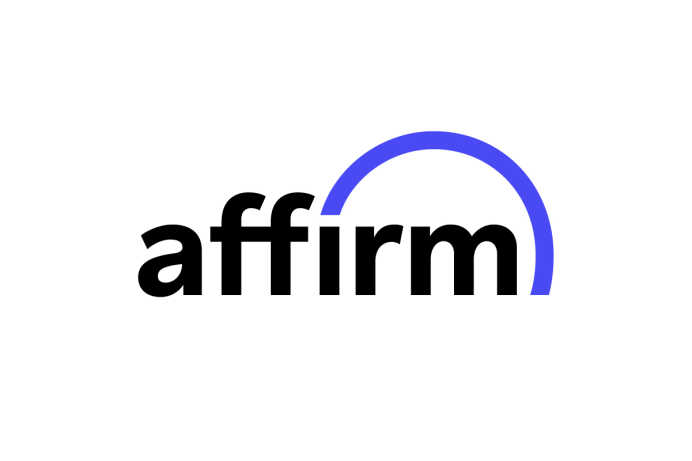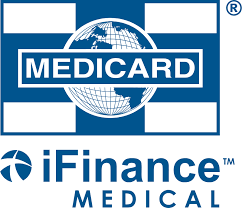DERMAL FILLERS
WHAT ARE DERMAL FILLERS?
Dermal Fillers have been used in Canada for the last three decades on a regular basis. They are a group of injectable treatments that are used to smooth out lines, wrinkles and replace volume loss that occurs with aging. They can also be used to enhance contours of the face. The work by physically filling in hollow areas, lines and creating a more youthful and refreshed appearance. Dr. Lotay has been using fillers in Kamloops since 2007. They are very popular with people who are looking to age gracefully but maintain a refreshed energized look. When injected by an experienced injector, they can help you achieve subtle, natural looking results.
What are the different types of fillers?
There are several different types of dermal fillers available and approved for use in Canada. Each one has unique properties that make it suitable for certain areas of the face. Some of the most commonly used types of fillers include:
- Hyaluronic acid fillers: These fillers are made from a naturally occurring substance in the body and are some of the most popular dermal fillers. Essentially they are a jelly like substance made of sugar molecules. They can be used to add volume to the cheeks, chin, temples and can smooth out wrinkles and lines, and enhance the lips. Some examples of popular hyaluronic acid fillers include Juvederm, Restylane, and Belotero. In our Kamloops clinic we primarily use the Restylane line of fillers.
- Calcium hydroxyapatite fillers: Radiesse is a filler made of this substance which is also found in our bodies. It is what our bones are made of. This filler not only adds volume to areas such as the chin and definition to the jawline, it also is a great collagen stimulator. It can be used to improve facial wrinkles, lift cheeks, tighten the neck and improve necklace lines or tech neck. It is also used to rejuvenate and plump up hands. Dr. Lotay often uses hyper-dilute Radiesse in combination with energy devices such as Morpheus8 to augment collagen production and supercharge overall results.
- Poly-L-lactic acid fillers: These fillers such as Sculptra and New-Fill are made from a synthetic material and are used to add volume and stimulate collagen production. They are often used to treat deep wrinkles and lines, as well as to add volume to the cheeks and temples.
- Polymethyl-methacrylate (PMMA) fillers: These fillers are made of a synthetic material and are used to add volume to the face. PMMA fillers were more popular in the past and include Bellafill and Artefill.
What is the best dermal filler?
There is no one best filler but there is a filler most appropriate for your goals, skin type, facial structure and overall health. Generally speaking hyaluronic acid based fillers are the most versatile and can be used in all areas of the face. Having said that, they are also hydrophilic in varying degrees. In her clinic here in Kamloops, Dr. Lotay uses these fillers in the cheek, temples and lips. Less water drawing hyaluronic acid fillers of thinner consistency are used under the eyes and for chin and jawline contouring, calcium hydroxyapatite fillers like Radiesse are used. For neck tightening and collagen induction, Radiesse is thinned down and used to kick start collagen formation. In short, which filler is best for you depends on your skin type, goals and what your injector has the most experience using in the area of your concern.
How long do dermal fillers last?
Treatment effects can last anywhere from 6 months to over 2 years. The length of effect is dependent on the patient, the area injected and the type of filler used.
In general, hyaluronic acid fillers last up to two years;however, in some areas of the face we have seen fillers last decades. Similarly, Radiesse can last up to 18 months or more. In short, every face needs to be assessed individually before injecting. There is no “rule” or formula that determines whether your filler needs to be refreshed. Every face ages at a different rate from others. In the end you and your practitioner should determine whether a “top-up” is needed for your filler.
What is the aftercare for fillers?
Aftercare is crucial to ensuring optimal results with fillers General guidelines include:
- Avoid rubbing or massaging the treated area for at least 24 hours after the procedure.
- Avoid exposing the treated area to excessive heat (such as saunas or hot baths) or sun exposure for at least 24 hours after the procedure.
- Avoid strenuous exercise or other activities that may cause increased blood flow to the face for at least 24 hours after the procedure.
- Apply ice packs or a cold compress to the treated area to help reduce swelling and bruising.
- Avoid alcohol and blood thinning medications (such as aspirin or ibuprofen) for at least 24 hours before and after the procedure.
- Keep an eye on the treated area for any signs of complications, such as redness, swelling, unusual bruising or pain that does not subside.
It is important to wait for 4 weeks for swelling to subside before assessing final results and be sure to keep follow up appointments with us to check on results of the treatment and discuss any further treatments.
What should I look for in an injector?
It is important to look for someone who is licensed to provide dermal fillers wherever you live. You also want someone who is experienced and has the certifications to perform the procedure safely and effectively. Dr. Lotay is licensed by the College of Physicians and Surgeons of British Columbia and has been injecting filler for over 20 years.
- Training and Qualifications: Look for an injector who is licensed and trained in administering dermal fillers. They should have the necessary qualifications and certifications to perform the procedure safely and effectively.
- Experience: You need to have an idea of their work so before and after photos are crucial. They should have enough experience to have a portfolio of before and afters of their own work to review with you.
- Communication: A good injector should listen to your concerns, answer your questions and provide you with clear, honest and accurate information about the treatment. They should also be able to explain the risks and benefits of the procedure to you.
- Safety: They should have safety protocols in place and explain them to you.
- Professionalism: Look for an injector who puts you at ease and makes you feel comfortable. They should be professional yet approachable.
- Aftercare: Your injector should provide you with detailed aftercare instructions and be available to answer any questions you may have post-treatment. In our clinic, we give you a print out with after care instructions that include the cell phone number of your provider should you need after hour assistance.
Can I do Morpheus8 or laser treatments with fillers?
Morpheus8 and lasers are non-invasive treatments that can be used to enhance the skin’s appearance. They are used to stimulate collagen production, treat acne scars, pigmentation and scarring. Fillers can be used in conjunction with these, usually a few weeks apart. Certain fillers, like Radiesse can be used to augment the amount of collagen that is made in response to Morpheus8. We often use these two treatments together.


